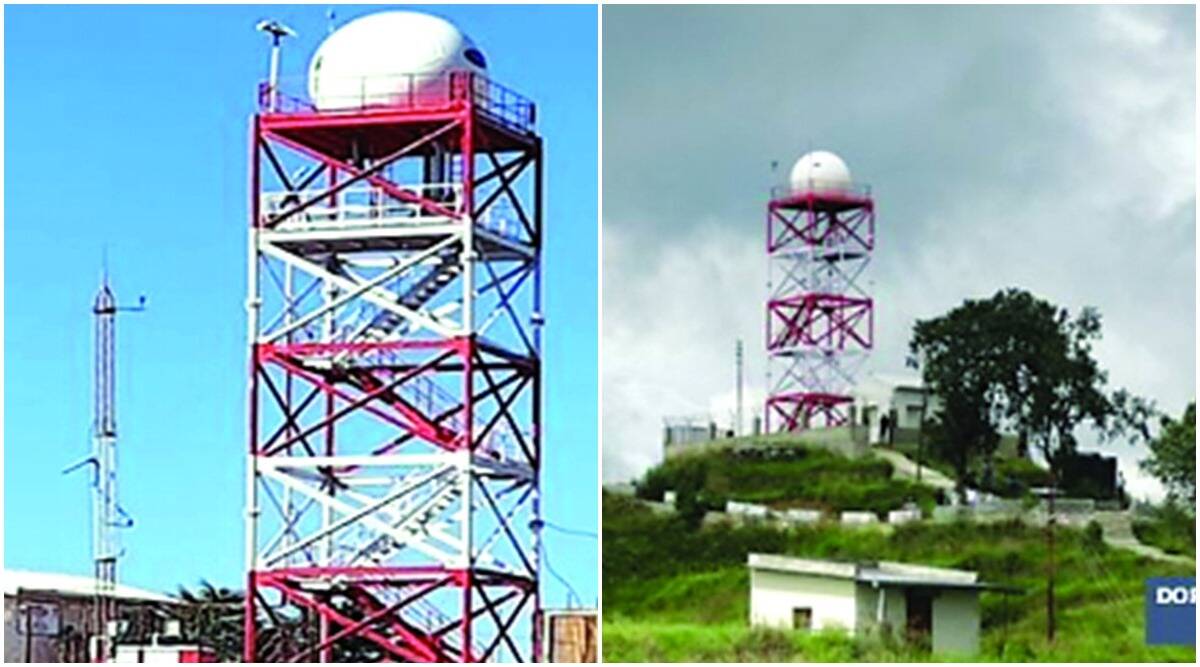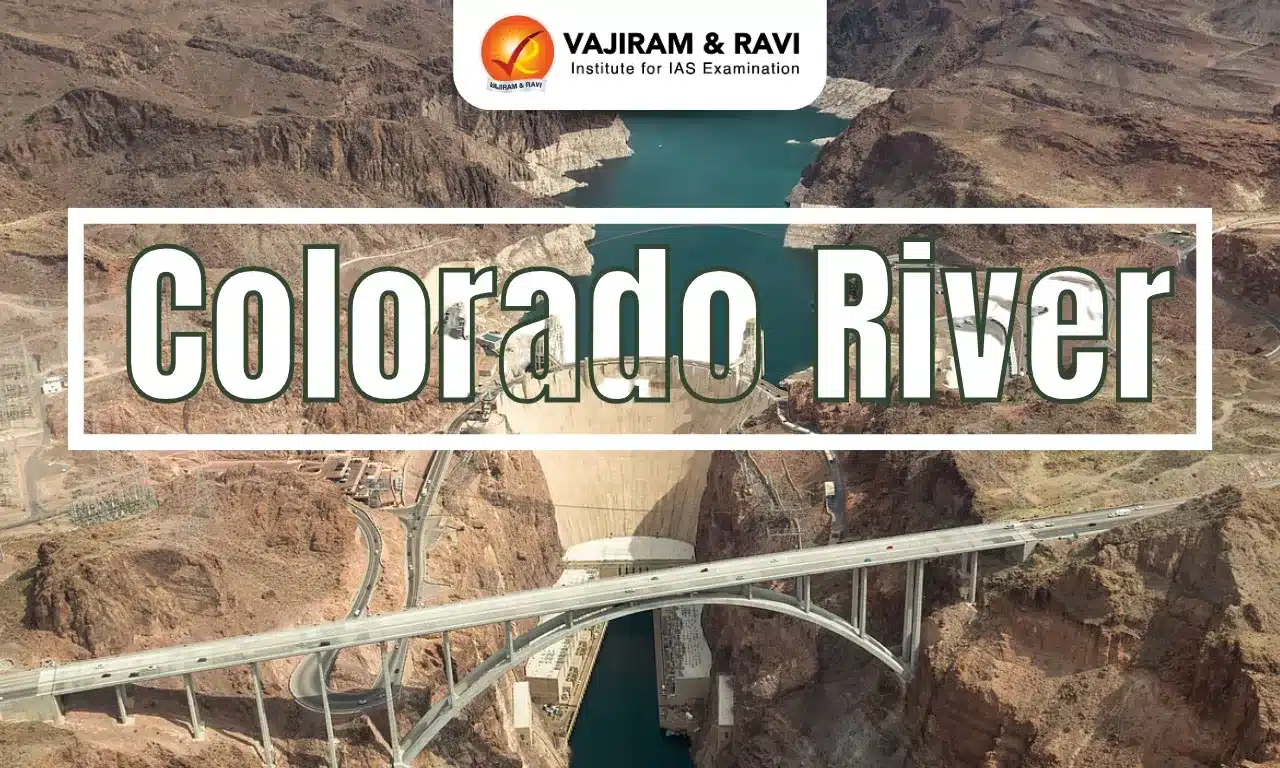Why in news?
- The Union Minister dedicated 4 Doppler Weather Radar Systems to the Western Himalayan States of Jammu and Kashmir, Uttarakhand and Himachal Pradesh. He also dedicated 200 Agro Automated Weather Stations to the Nation.
How does Radar work?
- Radars is a beam of energy, called radio waves, emitted from an antenna. As they strike objects in the atmosphere, the energy is scattered in all directions with some of the energy reflected directly back to the radar.
What is Doppler Radar?
- A Doppler radar is a specialized radar that uses the Doppler effect to produce velocity data about objects at a distance.
- These radar systems can provide information regarding the movement of targets as well as their position.
- Doppler radars help forecasters to observe rainfall, and the advance of cloud formations over a region and subsequently monitor thunderstorms and lightning in real time.
What is Doppler Effect?
- It was first described (1842) by Austrian physicist Christian Doppler.
- It is the apparent difference between the frequency at which sound or light waves leave a source and that at which they reach an observer, caused by the relative motion of the observer and the wave source.
Q1) What is the SAMAR initiative?
It is an initiative of the India Meteorological Department (IMD) launched in January 2016 to study the concentration of Black carbon, radiative properties of aerosols, environmental visibility and their climatological impacts.
Source: Union Minister Dr Jitendra Singh says Entire Country will be covered by Doppler Weather Radar Network by 2025 to predict extreme weather events more accurately.
Last updated on July, 2025
→ UPSC Notification 2025 was released on 22nd January 2025.
→ UPSC Prelims Result 2025 is out now for the CSE held on 25 May 2025.
→ UPSC Prelims Question Paper 2025 and Unofficial Prelims Answer Key 2025 are available now.
→ UPSC Calendar 2026 is released on 15th May, 2025.
→ The UPSC Vacancy 2025 were released 1129, out of which 979 were for UPSC CSE and remaining 150 are for UPSC IFoS.
→ UPSC Mains 2025 will be conducted on 22nd August 2025.
→ UPSC Prelims 2026 will be conducted on 24th May, 2026 & UPSC Mains 2026 will be conducted on 21st August 2026.
→ The UPSC Selection Process is of 3 stages-Prelims, Mains and Interview.
→ UPSC Result 2024 is released with latest UPSC Marksheet 2024. Check Now!
→ UPSC Toppers List 2024 is released now. Shakti Dubey is UPSC AIR 1 2024 Topper.
→ Also check Best IAS Coaching in Delhi















